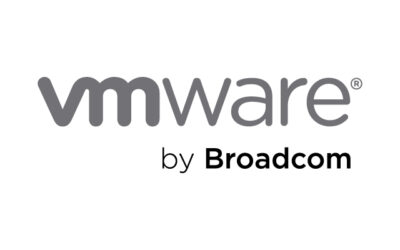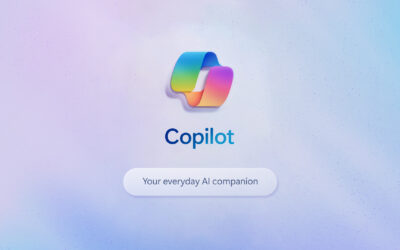Unsurprisingly hybrid cloud has become the cloud model of choice for many organisations that want to build greater flexibility into their infrastructure in a cost effective and future proof manner. What’s not to like about hybrid? You get to keep some of the simple data on-premise yet free up your existing infrastructure by moving critical elements to the cloud, all the while relying on your cloud provider to have the latest provisioning and security in place that helps to ensure you keep abreast of your industry regulation and legislation.
But is there a good, bad or ugly of cloud? Choosing private, public or hybrid is about being methodical in making your choice and not just diving in for what seems to be the quickest and simplest solution on the surface.
Private Cloud
Private cloud as the name suggests means that only one specific organisation can operate and access data in this particular cloud environment. The idea is that you naturally have greater control and therefore privacy for your sensitive data. This is great if you’re an industry giant with exceptionally deep pockets and can afford excessive operational costs and if you’re someone who doesn’t like to share the same environment.
Public Cloud
The public cloud on the other hand offers a great virtualised service for consumers running at a fraction of the cost of private cloud and it’s accessible over any public network. However, the big BUT here is whether any savvy business should be sharing its crucial data on a resource that is so publicly available. In this case cheap doesn’t always mean better. Yes, it will offer the ultimate in scalability because it has such a vast user base and instant flexibility if your business grows overnight, however, with businesses becoming more and more concerned about data security a simple breach could provide a massive headache.
Hybrid Cloud
In my experience a hybrid cloud solution enables businesses to run multiple applications within the platform while also being able to connect back into colocation rack in the data centre or indeed linking straight back into the office using point-to-point connections. We’ve found that while people want all the benefits that cloud solutions have to offer they also want the security of knowing where their data resides and they rightly want to remain in control. A hybrid cloud solution offers just that.
Deciding on which cloud is right
At the end of the day when it comes to cloud the decision is yours. Be guided by your industry regulations and Data Protection laws. Talk to your peers and partners about what has worked best for them. A cloud solution should provide you with:
- Scalability – so you can upgrade instantaneously with no downtime or capex costs
- Performance – that’s as good as a dedicated server
- Easy management – via an online secure control panel
- Reliability – mirrored SAN storage and hot migration of your virtual servers
- A choice of operating systems – Linux, Windows, in a variety of flavours and versions
And once you’ve taken these requirements into consideration select a partner where you can easily check their security measures – go and see it for yourself. Establish a comprehensive SLA – all reputable cloud providers will gladly provide one. And where possible select a cloud that offers a ‘try before you buy’ model which will help you to establish the success criteria appropriate for your business and ensure the version of cloud you’ve chosen is delivering maximum performance and value for your business.
Redcentric offer expertise in private, public (AWS and Azure) and hybrid cloud models – supporting hundreds of organisations with their digital transformation. If you need advice on the best cloud solution for your organisation, our cloud experts can help you evaluate your options. Contact us here.



